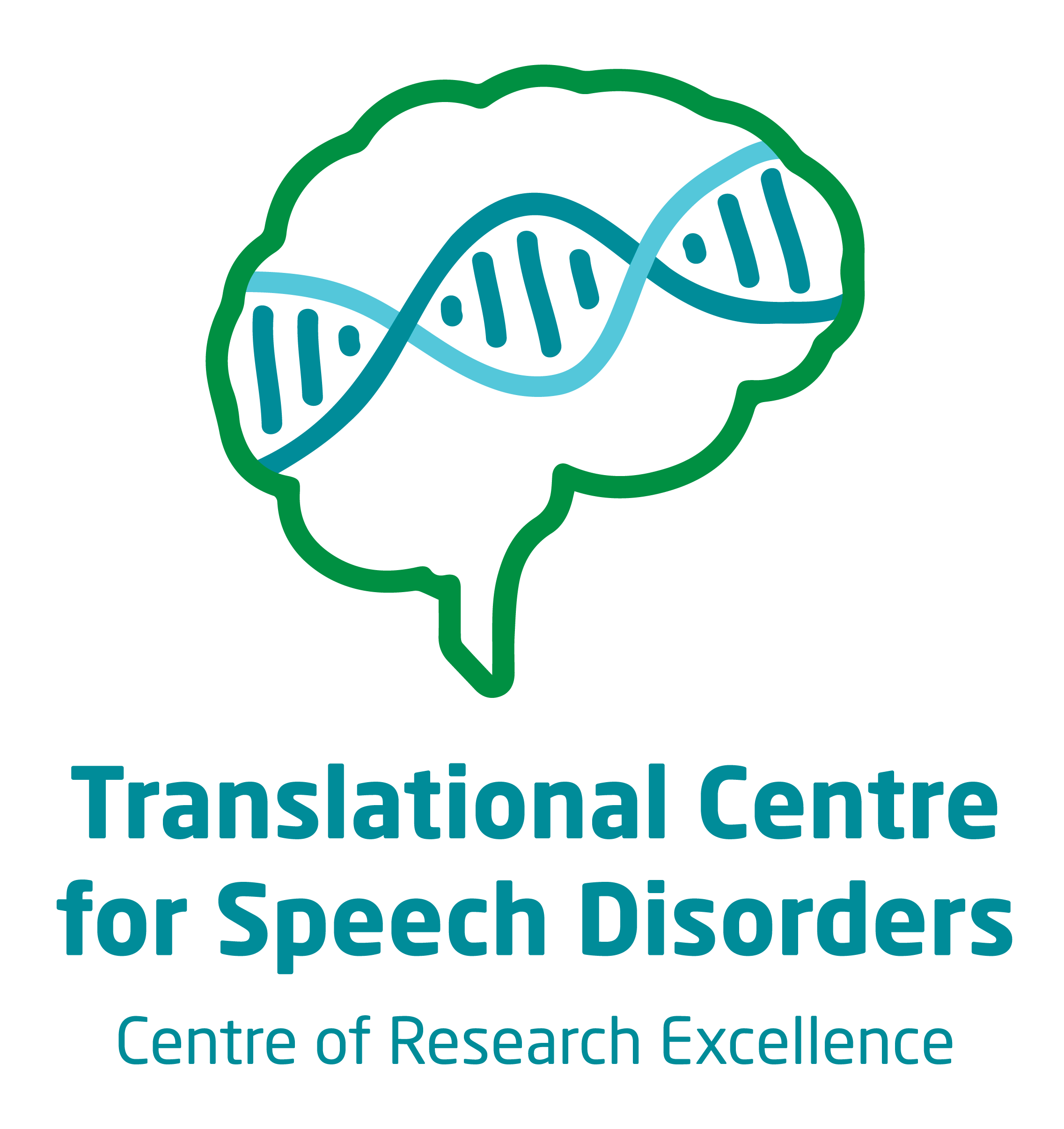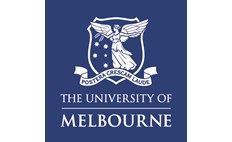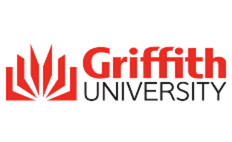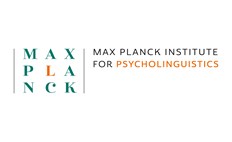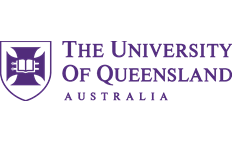SPAST
What is SPAST syndrome?
SPAST gene encodes for a protein called spastin and promotes microtubule growth in the cytoskeleton. SPAST gene plays an important role in neuronal development and has been associated with hereditary spastic paraplegias (i.e., group of disorders characterised by progressive paralysis predominantly involving lower limbs).1,2 Based on present research, individuals with de novo occurrence of SPAST syndrome (i.e., where neither of the biological parents have the syndrome) can have spastic paraplegia (gradual weakness and stiffness of legs), spastic diplegia (difficulty walking), neuropathy (nerve damage related pain), gross motor delay, intellectual disability and oral motor impairment.1,2,3
Contact
For further information, do get in touch with the CRE Speech and Language research team at:
Email: geneticsofspeech@mcri.edu.au
Phone: (03) 9936 6334
Frequently asked questions
There is much variation in the developmental presentation of children with SPAST syndrome. The presence and severity of other associated features (e.g., intellectual disability) may also affect speech development. Based on present research, some children with SPAST syndrome will take more time to reach developmental speech and language milestones relative to peers, while other children with SPAST syndrome are unable to speak verbally. 1,2
There is large variation in speech and language abilities of individuals with SPAST syndrome. One speech condition that has been linked to SPAST syndrome is Childhood Apraxia of Speech (CAS). CAS is a motor speech disorder affecting production, sequencing, and stress of speech. 2 Another common feature of speech reported in SPAST syndrome is dysarthria. 1,2,3
There is considerable variability between individuals with this condition. Currently, there is not enough data to inform exactly how speech develops overtime and when certain milestones can be anticipated. Some individuals do not develop enough verbal speech to rely on this for their daily communication needs. These individuals require augmentative and alternative communication (AAC) systems to communicate, whilst other individuals can rely on verbal speech to communicate.
The education background of only one individual has been published in the literature so far. This individual attended mainstream school setting.2 However, any individual should be assessed for their needs, and should attend the most appropriate education setting based on their needs, the supports available in different educational settings and of course taking into consideration local educational policies.
At present, speech and language therapies are focused on the individual’s specific speech and language needs. A speech pathology assessment will pinpoint the specific areas for support, taking into consideration the goals for the individual/family. Children who have few spoken words or some words that are unclear, may benefit from augmentative and alternative communication (AAC) options (e.g., sign language, electronic speech generating devices).
For verbal children who have CAS, the Nuffield Dyspraxia Programme version 3 (NDP-3) or the Rapid Syllable Transition Treatment (ReST), are two programs which have been proven to be effective in a randomised controlled trial.4 There are currently a number of other CAS focused therapies undergoing rigorous clinical testing, including Dynamic Tactile Temporal Cueing.5 One treatment that is often used for children who are minimally verbal and who benefit from tactile prompts (prompts to the lips, cheek etc) to help stimulate speech production is Prompts for Restructuring Oral Muscular Phonetic Targets (PROMPT). 6,7 Yet to date, none of these therapies have not been specifically trialled with children with neurogenetic conditions. Further to the speech production therapies, children who have delayed language also require early intervention programs targeting early language development.8
For information and support on childhood apraxia of speech: https://www.apraxia-kids.org
References
- Ogasawara, M., Saito, T., Koshimizu, E., Akasaka, N., & Sasaki, M. (2019). A p. Arg499His mutation in SPAST is associated with infantile onset ascending spastic paralysis complicated with dysarthria and anarthria. Neuropediatrics, 50(06), 391-394.
- Kaspi, A., Hildebrand, M. S., Jackson, V. E., Braden, R., Van Reyk, O., Howell, T., ... & Morgan, A. T. (2022). Genetic aetiologies for childhood speech disorder: novel pathways co-expressed during brain development. Molecular psychiatry, 1-17.
- Erfanian Omidvar, M., Torkamandi, S., Rezaei, S., Alipoor, B., Omrani, M. D., Darvish, H., & Ghaedi, H. (2021). Genotype–phenotype associations in hereditary spastic paraplegia: a systematic review and meta-analysis on 13,570 patients. Journal of neurology, 268, 2065-2082.
- Murray, E., McCabe, P., & Ballard, K. J. (2015). A randomized controlled trial for children with childhood apraxia of speech comparing rapid syllable transition treatment and the Nuffield Dyspraxia Programme–Third Edition. Journal of Speech, Language, and Hearing Research, 58(3), 669-686
- Strand, E. A. (2020). Dynamic temporal and tactile cueing: A treatment strategy for childhood apraxia of speech. American Journal of Speech-Language Pathology, 29(1), 30-48.
- Morgan, A. T., Murray, E., & Liegeois, F. J. (2018). Interventions for childhood apraxia of speech. Cochrane Database of Systematic Reviews, (5).
- Namasivayam, A. K., Huynh, A., Granata, F., Law, V., & van Lieshout, P. (2021). PROMPT intervention for children with severe speech motor delay: a randomized control trial. Pediatric research, 89(3), 613-621.
- Ebbels, S. H., McCartney, E., Slonims, V., Dockrell, J. E., & Norbury, C. F. (2019). Evidence‐based pathways to intervention for children with language disorders. International journal of language & communication disorders, 54(1), 3-19.

